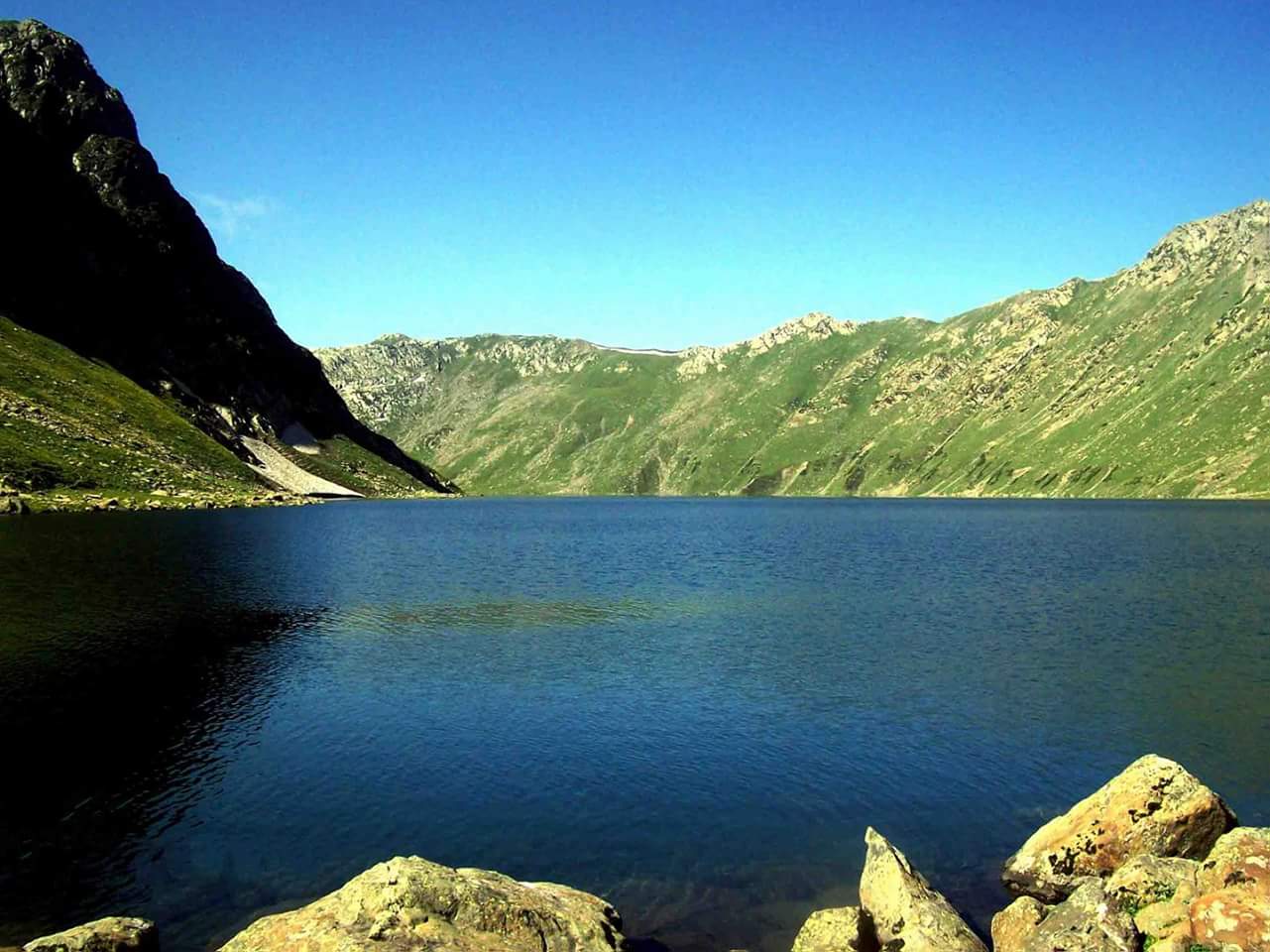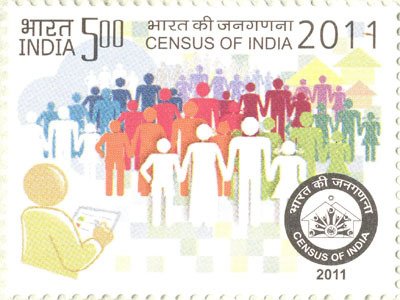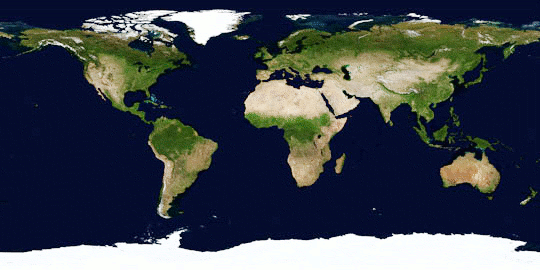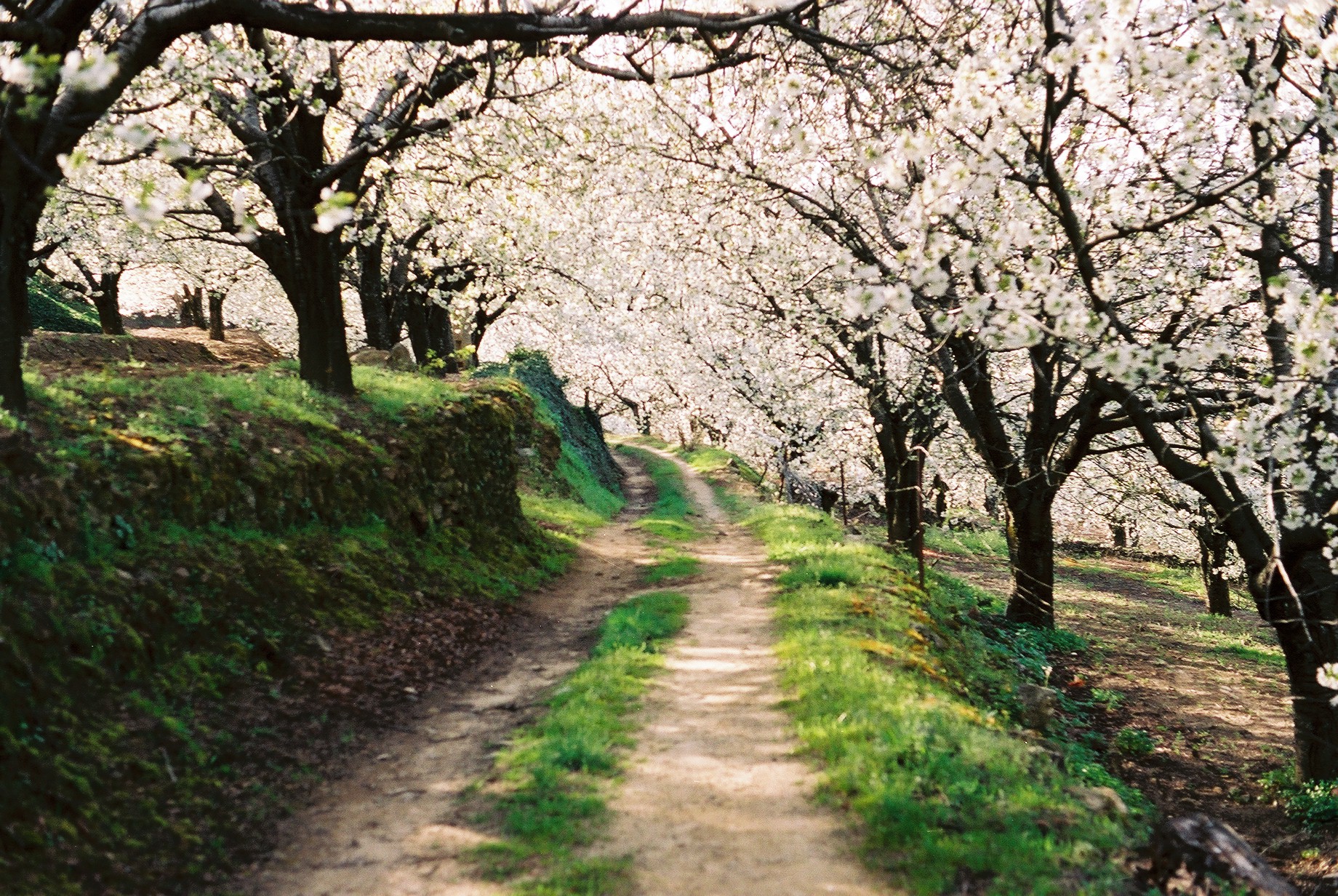|
Midoora
Midoora, also known as Midru, is a piedmont, agglomerated rural settlement in the Awantipora Tehsil of Pulwama district in Indian-administered Jammu and Kashmir. It is at a distance of 30 km from Srinagar and 8 km from the main town Tral and 7 km from Awantipora. Its nearby villages are Batagund, Check, and Noorpora. In the Northwest of it stands the majestic Wasturwan. Climate Midoora has a moderate climate. Its geographical location largely defines the moderate climate. It can be described as cool in the spring and autumn, mild in the Summer, and cold in the winter. Summer is usually mild and relatively dry. The hottest month is July and the coldest are December–January. Demographics At the 2011 Census of India, Midoora had a population of 4441. The sex ratio of the Village is 927 with 2305 males and 2136 females. There are a total of 580 households. The total number of children under the age of 6 is 1302. A total of 113 people constituting 2. ... [...More Info...] [...Related Items...] OR: [Wikipedia] [Google] [Baidu] |
Awantipora
Awantipora () or Avantipur or Aavantipur, known as Woontpor () in Kashmiri, is a town, just opposite of Pulwama city, on the banks of the river Jhelum in the Pulwama district of the Indian union territory of Jammu and Kashmir. It is on the Jammu-Srinagar National Highway (now called the NH 44), south of Srinagar and north of Anantnag. Awantipora was named after the Kashmiri king Avantivarman and has the ruins of two 9th century Hindu temples built by him. Awantipora tehsil is a subdistrict of Pulwama district. History It is said that the town was founded by Avantivarman who was the first king of the Utpala dynasty, and ruled Kashmir from 855 to 883 AD.This web-page spells the town ''Avantipur'', and says that it is in Anantnag district, which it was before the creation of Pulwama district in 1979. Avantivarman built a Hindu temple in Awantipora dedicated to Vishnu called " Avantisvamin" before he became king, and during his reign he built a second Hindu temple in Awan ... [...More Info...] [...Related Items...] OR: [Wikipedia] [Google] [Baidu] |
Awantipora Tehsil
Awantipora () or Avantipur or Aavantipur, known as Woontpor () in Kashmiri, is a town, just opposite of Pulwama city, on the banks of the river Jhelum in the Pulwama district of the Indian union territory of Jammu and Kashmir. It is on the Jammu-Srinagar National Highway (now called the NH 44), south of Srinagar and north of Anantnag. Awantipora was named after the Kashmiri king Avantivarman and has the ruins of two 9th century Hindu temples built by him. Awantipora tehsil is a subdistrict of Pulwama district. History It is said that the town was founded by Avantivarman who was the first king of the Utpala dynasty, and ruled Kashmir from 855 to 883 AD.This web-page spells the town ''Avantipur'', and says that it is in Anantnag district, which it was before the creation of Pulwama district in 1979. Avantivarman built a Hindu temple in Awantipora dedicated to Vishnu called " Avantisvamin" before he became king, and during his reign he built a second Hindu temple in Awa ... [...More Info...] [...Related Items...] OR: [Wikipedia] [Google] [Baidu] |
Tral
Tral is a town, sub-district and a notified area committee in the Pulwama district of Indian-administered Kashmir. The town is situated at a distance of from summer capital, Srinagar and from district headquarters, Pulwama. Tral is the second largest area committee in Pulwama district. History Gufkral represents an important site in the area. Gufkral is located at Banmir village in Hurdumir area of Tral, from the sub district headquarter. The area falls between two nallahs (streams) on an extensive deposit of Karewa (elevated table-land) where people used to live in ancient times. Geography Tral is located at . The average elevation is and its average area is . The main town area of Tral is divided into two parts/divisions – Upper Tral (''Tral-i-Bala'') and Lower Tral (''Tral-i-Payeen''). There is a significant difference in the altitudes of these two divisions/parts as their name suggests. The population of Lower Tral (''Tral-i-Payeen'') is more than that of Upper Tral ... [...More Info...] [...Related Items...] OR: [Wikipedia] [Google] [Baidu] |
Village
A village is a clustered human settlement or community, larger than a hamlet but smaller than a town (although the word is often used to describe both hamlets and smaller towns), with a population typically ranging from a few hundred to a few thousand. Though villages are often located in rural areas, the term urban village is also applied to certain urban neighborhoods. Villages are normally permanent, with fixed dwellings; however, transient villages can occur. Further, the dwellings of a village are fairly close to one another, not scattered broadly over the landscape, as a dispersed settlement. In the past, villages were a usual form of community for societies that practice subsistence agriculture, and also for some non-agricultural societies. In Great Britain, a hamlet earned the right to be called a village when it built a church. [...More Info...] [...Related Items...] OR: [Wikipedia] [Google] [Baidu] |
Kashmiris
Kashmiris are an Indo-Aryan ethnolinguistic group speaking the Kashmiri language, living mostly, but not exclusively, in the Kashmir Valley of Jammu and Kashmir, India.(a) (subscription required) Quote: "Kashmir, region of the northwestern Indian subcontinent ... has been the subject of dispute between India and Pakistan since the partition of the Indian subcontinent in 1947. The northern and western portions are administered by Pakistan and comprise three areas: Azad Kashmir, Gilgit, and Baltistan, the last two being part of a territory called the Northern Areas. Administered by India are the southern and southeastern portions, which constitute the state of Jammu and Kashmir but are slated to be split into two union territories. China became active in the eastern area of Kashmir in the 1950s and has controlled the northeastern part of Ladakh (the easternmost portion of the region) since 1962."; (b) C. E Bosworth, University of Manchester Quote: "KASHMIR, kash'mer, the north ... [...More Info...] [...Related Items...] OR: [Wikipedia] [Google] [Baidu] |
Population
Population typically refers to the number of people in a single area, whether it be a city or town, region, country, continent, or the world. Governments typically quantify the size of the resident population within their jurisdiction using a census, a process of collecting, analysing, compiling, and publishing data regarding a population. Perspectives of various disciplines Social sciences In sociology and population geography, population refers to a group of human beings with some predefined criterion in common, such as location, race, ethnicity, nationality, or religion. Demography is a social science Social science is one of the branches of science, devoted to the study of societies and the relationships among individuals within those societies. The term was formerly used to refer to the field of sociology, the original "science of soc ... which entails the statistical study of populations. Ecology In ecology, a population is a group of organisms of ... [...More Info...] [...Related Items...] OR: [Wikipedia] [Google] [Baidu] |
2011 Census Of India
The 2011 Census of India or the 15th Census of India, Indian Census was conducted in two phases, house listing and population enumeration. The House listing phase began on 1 April 2010 and involved the collection of information about all buildings. Information for National Population Register (NPR) was also collected in the first phase, which will be used to issue a 12-digit unique identification number to all registered Indian residents by Aadhaar, Unique Identification Authority of India. The second population enumeration phase was conducted between 9 and 28 February 2011. Census has been conducted in India since 1872 and 2011 marks the first time biometric information was collected. According to the provisional reports released on 31 March 2011, the Indian population increased to 1.21 billion with a decadal growth of 17.70%. Adult literacy rate increased to 74.04% with a decadal growth of 9.21%. The motto of the census was 'Our Census, Our future'. Spread across 28 States of ... [...More Info...] [...Related Items...] OR: [Wikipedia] [Google] [Baidu] |
Bilal(RA) Masjid, Midoora , usually a surname
{{Disambiguation, geo ...
__NOTOC__ Bilal may refer to: People * Bilal (name) (a list of people with the name) * Bilal ibn Rabah, a companion of Muhammad * Bilal (American singer) * Bilal (Lebanese singer) Places *Bilal Colony, a neighbourhood of Korangi Town in Karachi, Sindh, Pakistan *Bilal Town, a suburb of Abbottabad, Pakistan where Osama bin Laden was killed Other uses *'' Bilal: A New Breed of Hero'', a 2015 animated film *23166 Bilal, main belt asteroid *Bilal Muslim Mission, international Shi'a twelver organization *Bilal Xhaferri Publishing House, Albanian publishing house See also *Bilel or Billel, a given name *Bilali Bilali is usually a surname. It is derived from the Muslim name Bilal. Notable people with the surname include: * Afrim Bilali (born 1979), Albanian basketball player * Amir Bilali (born 1994), Albanian footballer * Dejvi Bilali (born 1996), Albani ... [...More Info...] [...Related Items...] OR: [Wikipedia] [Google] [Baidu] |
Winter
Winter is the coldest season of the year in Polar regions of Earth, polar and temperate climates. It occurs after autumn and before spring (season), spring. The tilt of Axial tilt#Earth, Earth's axis causes seasons; winter occurs when a Hemispheres of Earth, hemisphere is oriented away from the Sun. Different cultures define different dates as the start of winter, and some use a definition based on weather. When it is winter in the Northern Hemisphere, it is summer in the Southern Hemisphere, and vice versa. In many regions, winter brings snow and freezing temperatures. The moment of winter solstice is when the Sun's elevation with respect to the North or South Pole is at its most negative value; that is, the Sun is at its farthest below the horizon as measured from the pole. The day on which this occurs has the shortest day and the longest night, with daytime, day length increasing and nighttime, night length decreasing as the season progresses after the solstice. The earl ... [...More Info...] [...Related Items...] OR: [Wikipedia] [Google] [Baidu] |
Summer
Summer is the hottest of the four temperate seasons, occurring after spring and before autumn. At or centred on the summer solstice, the earliest sunrise and latest sunset occurs, daylight hours are longest and dark hours are shortest, with day length decreasing as the season progresses after the solstice. The date of the beginning of summer varies according to climate, tradition, and culture. When it is summer in the Northern Hemisphere, it is winter in the Southern Hemisphere, and vice versa. Timing From an astronomical view, the equinoxes and solstices would be the middle of the respective seasons, but sometimes astronomical summer is defined as starting at the solstice, the time of maximal insolation, often identified with the 21st day of June or December. By solar reckoning, summer instead starts on May Day and the summer solstice is Midsummer. A variable seasonal lag means that the meteorological centre of the season, which is based on average temperatur ... [...More Info...] [...Related Items...] OR: [Wikipedia] [Google] [Baidu] |
Autumn
Autumn, also known as fall in American English and Canadian English, is one of the four temperate seasons on Earth. Outside the tropics, autumn marks the transition from summer to winter, in September (Northern Hemisphere) or March ( Southern Hemisphere). Autumn is the season when the duration of daylight becomes noticeably shorter and the temperature cools considerably. Day length decreases and night length increases as the season progresses until the Winter Solstice in December (Northern Hemisphere) and June (Southern Hemisphere). One of its main features in temperate climates is the striking change in colour for the leaves of deciduous trees as they prepare to shed. Date definitions Some cultures regard the autumnal equinox as "mid-autumn", while others with a longer temperature lag treat the equinox as the start of autumn. In the English-speaking world of high latitude countries, autumn traditionally began with Lammas Day and ended around Hallowe'en, the app ... [...More Info...] [...Related Items...] OR: [Wikipedia] [Google] [Baidu] |
Spring (season)
Spring, also known as springtime, is one of the four temperate In geography, the temperate climates of Earth occur in the middle latitudes (23.5° to 66.5° N/S of Equator), which span between the tropics and the polar regions of Earth. These zones generally have wider temperature ranges throughout t ... seasons, succeeding winter and preceding summer. There are various technical definitions of spring, but local usage of the term varies according to local climate, cultures and customs. When it is spring in the Northern Hemisphere, it is autumn in the Southern Hemisphere and vice versa. At the spring (or vernal) equinox, Daytime (astronomy), days and nights are approximately twelve hours long, with daytime length increasing and nighttime length decreasing as the season progresses until the Summer Solstice in June (Northern Hemisphere) and December (Southern Hemisphere). Spring and "springtime" refer to the season, and also to ideas of rebirth, rejuvenation, renewal, ... [...More Info...] [...Related Items...] OR: [Wikipedia] [Google] [Baidu] |





.jpg)

